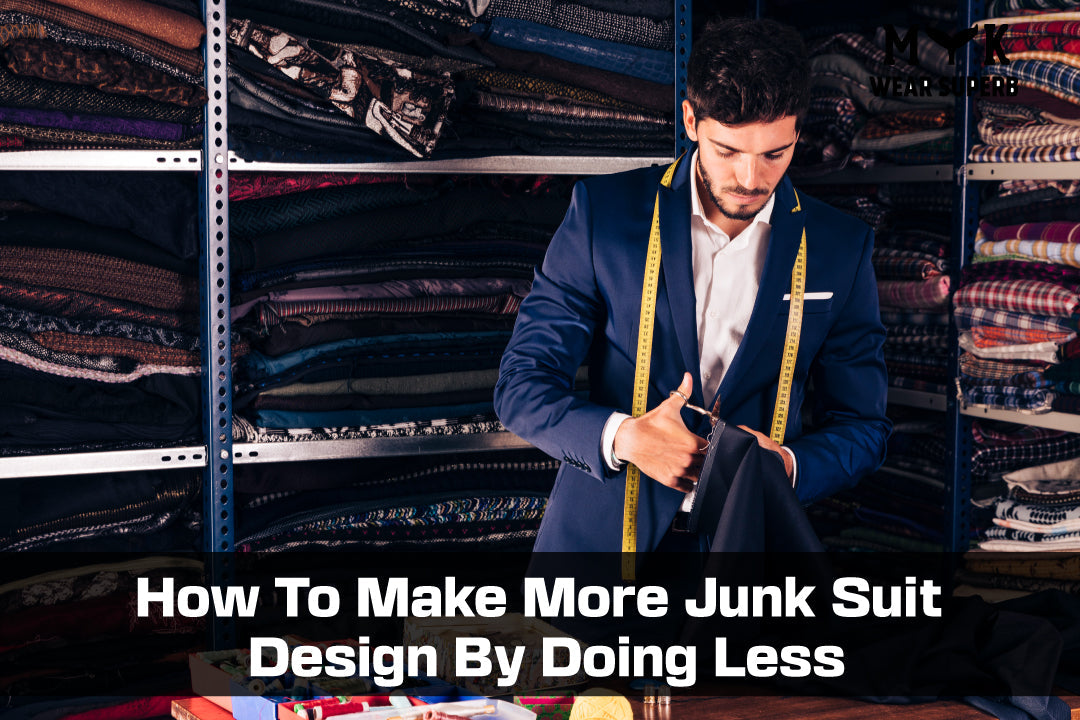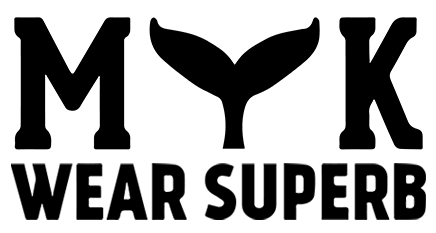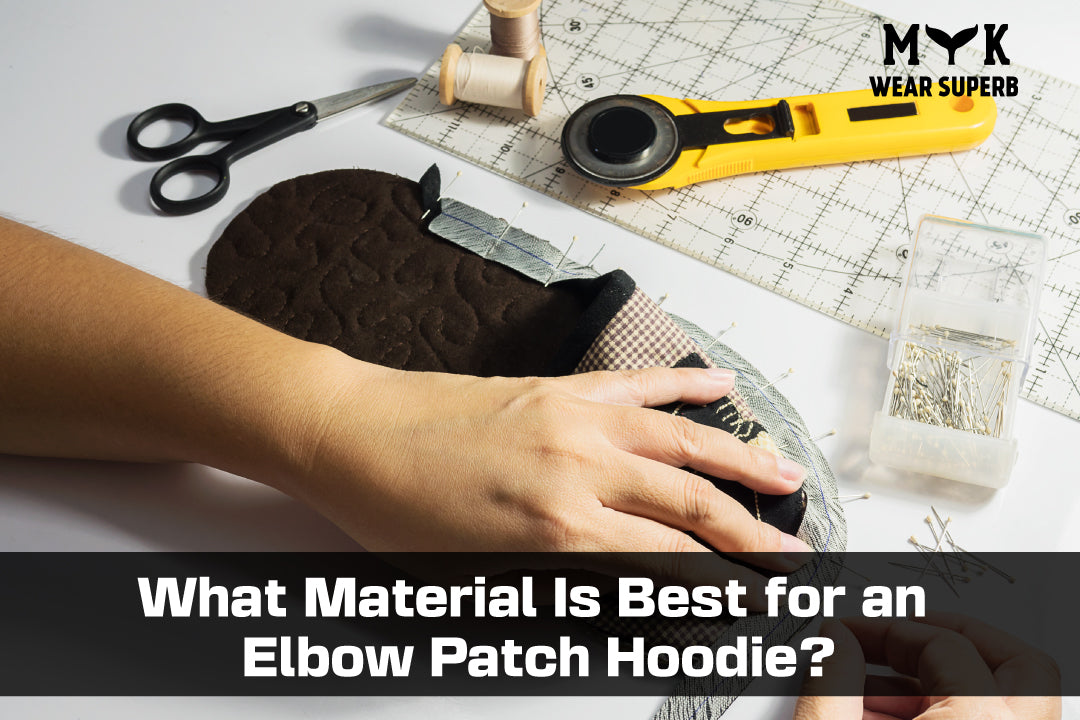
How To Make More Junk Suit Design By Doing Less
Junk suits, also known as radiation protection suits, are essential for individuals working in environments with potential exposure to hazardous materials. These suits provide a barrier against radiation, chemicals, and other harmful substances. While functionality is paramount, design also plays a role in comfort, ease of use, and overall effectiveness. This guide explores how to optimize junk suit design by focusing on simplicity and efficiency.
- Minimize components: Reduce the number of individual pieces and seams to simplify construction and reduce potential weak points.
- Streamline closures: Opt for easy-to-use closures like zippers, hook-and-loop fasteners, or integrated sealing systems.
- Optimize fit: Ensure a snug but comfortable fit that allows for freedom of movement without excess bulk.
- Prioritize materials: Select lightweight yet durable materials that offer the necessary protection without adding unnecessary weight.
- Incorporate adjustability: Design features that allow for size and fit adjustments to accommodate various body types.
Design Considerations
- Head protection: A well-fitting hood with an integrated visor or face shield provides comprehensive head and face protection.
- Torso coverage: A one-piece torso design with minimal seams offers enhanced protection and ease of movement.
- Limb protection: Attached gloves and booties or integrated sleeves and leg coverings ensure complete limb protection.
- Ventilation: Incorporate ventilation systems to prevent heat buildup and maintain a comfortable working environment.
- Communication: Integrate communication devices or features to facilitate clear communication while wearing the suit.
Construction Techniques
- Seam sealing: Utilize advanced seam sealing techniques to prevent leaks and ensure maximum protection.
- Reinforcement: Reinforce high-stress areas like elbows, knees, and shoulders for added durability.
- Material integration: Explore the use of composite materials or layered fabrics to combine protection and comfort.
Additional Tips
- Ergonomics: Consider ergonomic factors in the design to minimize strain and fatigue during prolonged use.
- Maintenance: Design for easy cleaning and maintenance to prolong the suit's lifespan.
- Customization: Offer customization options to cater to specific needs and preferences.
Tags:


